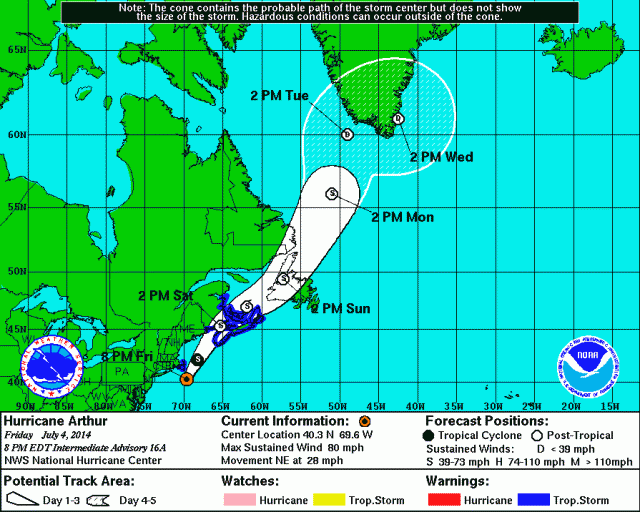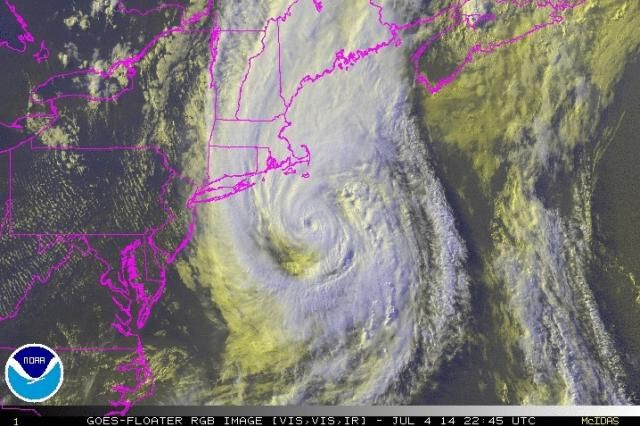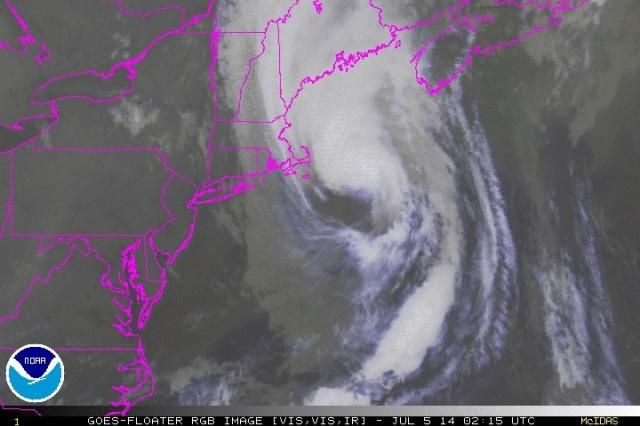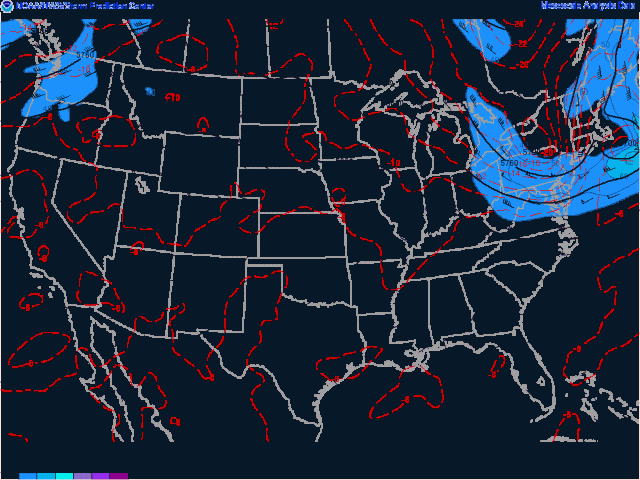Time_Zone wrote:How is the pressure falling? It's over cold water and high shear.
This storm confuses me...
These tropical cyclones transitioning to non-tropical are very confusing until you learn the dynamics. I know them a little better because I live up here where this happens all the time and because my friend Stacy Stewart taught me a lot of this.
This is a simplification just to give you an overall idea.












